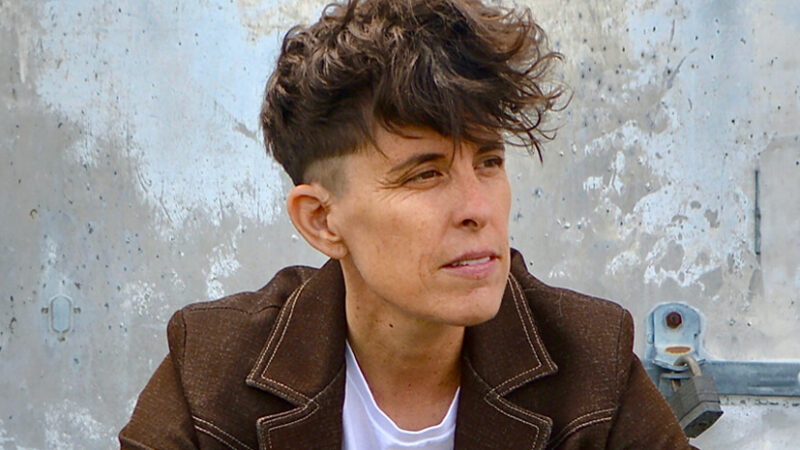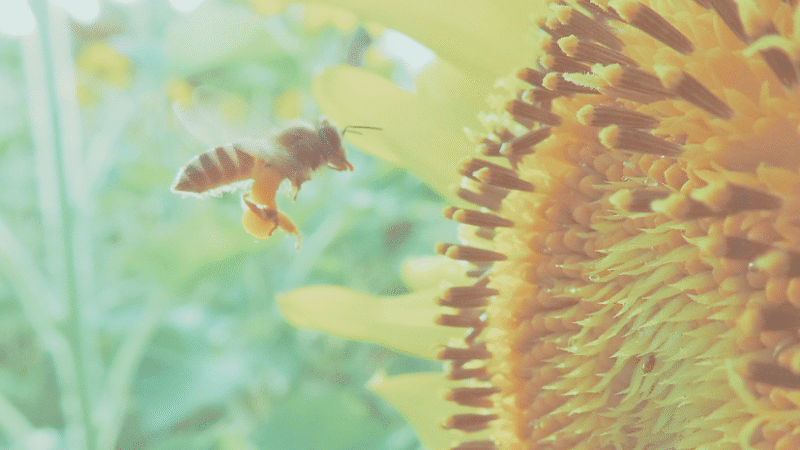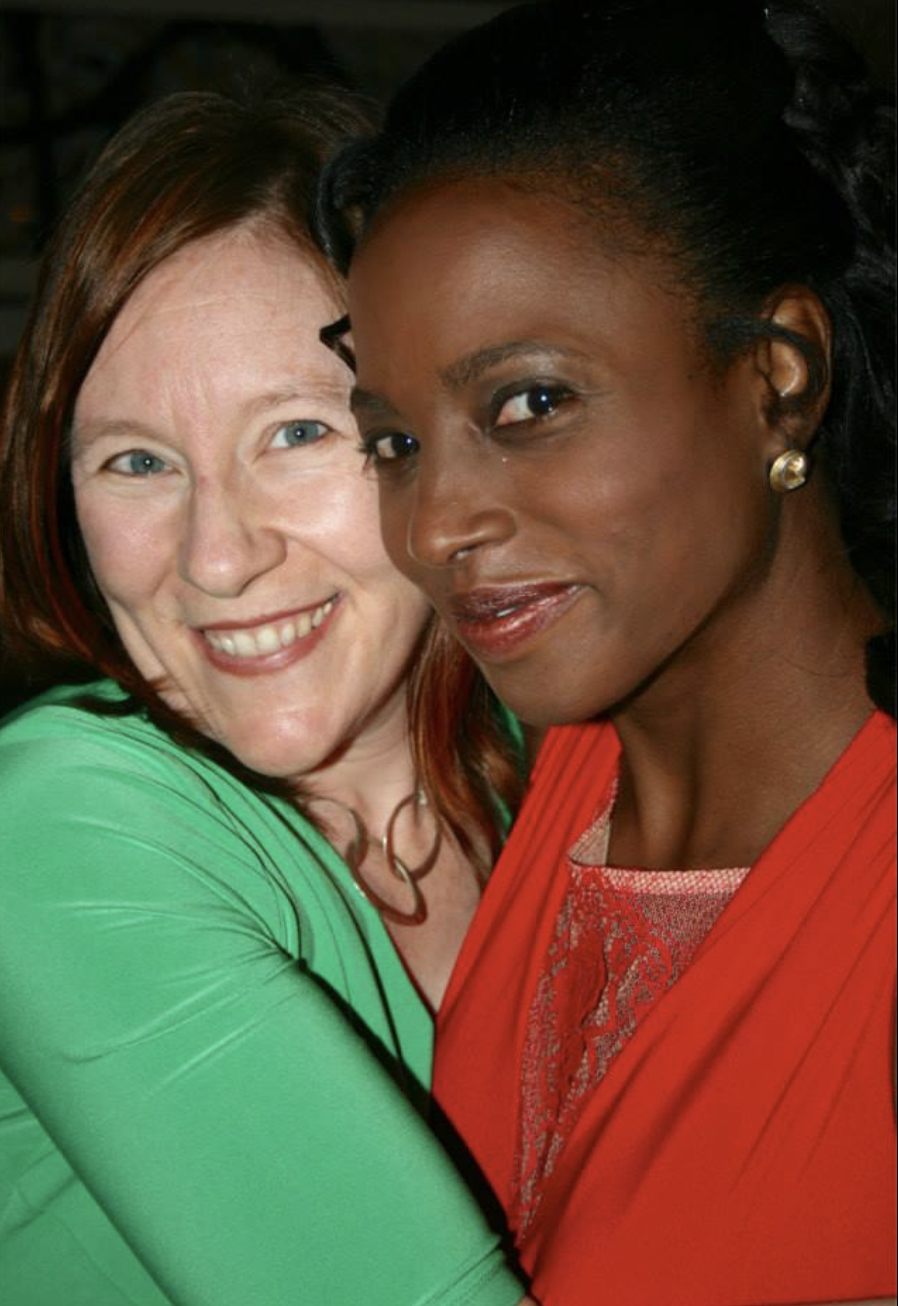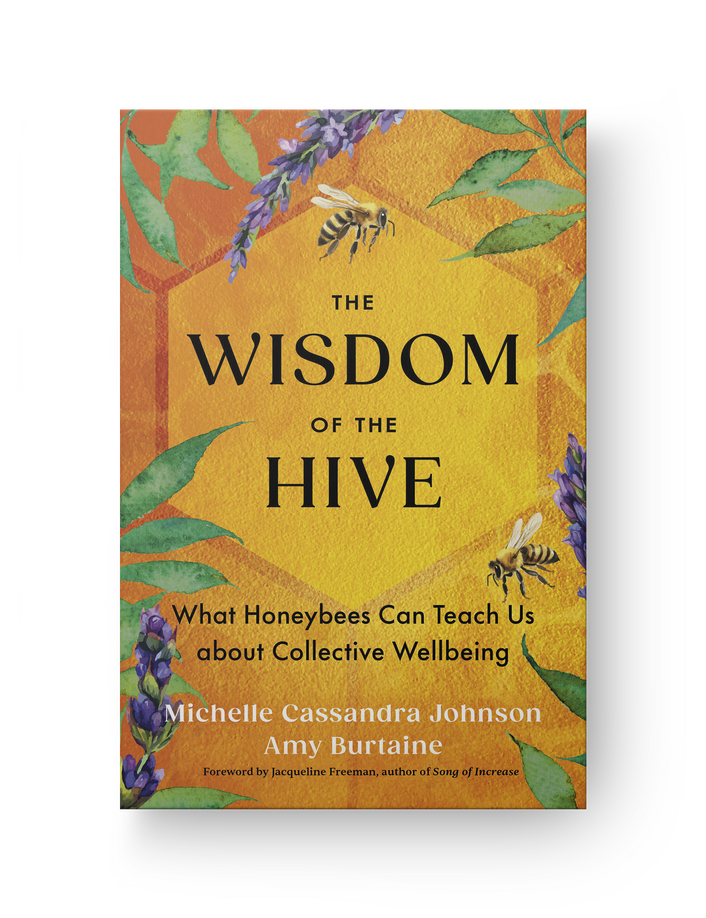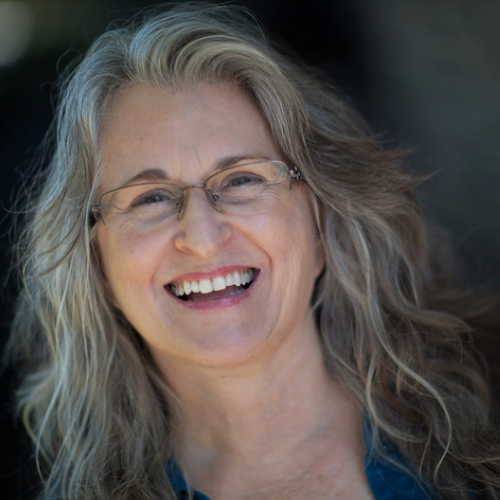 Deliberate mindfulness instructions often begin with physical posture, concentrating on how to place your body in order to sit physically still, with your back straight. In this effortless mindfulness variation, we will focus on stillness at the subtler levels of experience to feel a different kind of dynamic stillness that can include movement.
Deliberate mindfulness instructions often begin with physical posture, concentrating on how to place your body in order to sit physically still, with your back straight. In this effortless mindfulness variation, we will focus on stillness at the subtler levels of experience to feel a different kind of dynamic stillness that can include movement.
GLIMPSE The Four Postures of Dynamic Stillness
1. Find a way to sit comfortably. Take a few deep breaths and relax, as if you have just finished a day’s work. Become aware of your body and breath as if they are in your awareness. Become aware of the space around you, the feeling of contacting what you are sitting on, the feeling of your body, and the motion of breath happening by itself.
2. Notice your whole body breathing. Notice that breath is happening by itself. And now notice that awareness is also happening by itself. Notice how awareness is spacious like the sky, already aware from outside and within your breathing body.
3. Begin to feel the first stillness of your body sitting. What is it like to be sitting on the earth with the feeling of gravity and stillness? Nothing to do and nowhere to go . . . just now. Rest your body in this one place with the stillness like a mountain.
4. Now be aware of the second stillness of space. Feel the movement of your breath. Notice the stillness of space in the pause between breaths. Feel the space in the room and between objects. Rest into the space within the moving atoms in your body. Feel the space and stillness in which everything arises and passes like clouds and birds in the sky-like space within and all around.
5. Become aware of the third stillness of water. Feel the deep knowing that your body is mostly water. Feel the depth of water inside and all around. Breathe in and feel that the ocean of water is deep and still within, even while there are waves of movement and flow.
6. Now feel the fourth stillness of awareness. Feel how that which is aware does not come and go, while everything else changes. Rest as this timeless awareness, which is what all the other stillness and movement are made of. Rest deeper than sleep as the awareness that is wide awake. Find that which is already resting without any effort to rest. Rest as the invisible awake awareness that is here now arising as space, stillness, energies, and forms.
This is an excerpt from The Way of Effortless Mindfulness: A Revolutionary Guide for Living an Awakened Life by Loch Kelly.

 Loch Kelly, MDiv, LCSW, is a leader in the field of meditation and psychotherapy. He is author of the award-winning Shift into Freedom and founder of the Open-Hearted Awareness Institute. Loch is an emerging voice in modernizing meditation, social engagement, and collaborating with neuroscientists. For more, visit lochkelly.org.
Loch Kelly, MDiv, LCSW, is a leader in the field of meditation and psychotherapy. He is author of the award-winning Shift into Freedom and founder of the Open-Hearted Awareness Institute. Loch is an emerging voice in modernizing meditation, social engagement, and collaborating with neuroscientists. For more, visit lochkelly.org.
Buy your copy of The Way of Effortless Mindfulness at your favorite bookseller!
Sounds True | Amazon | Barnes & Noble | Indiebound







 What Is Pain?
What Is Pain?


